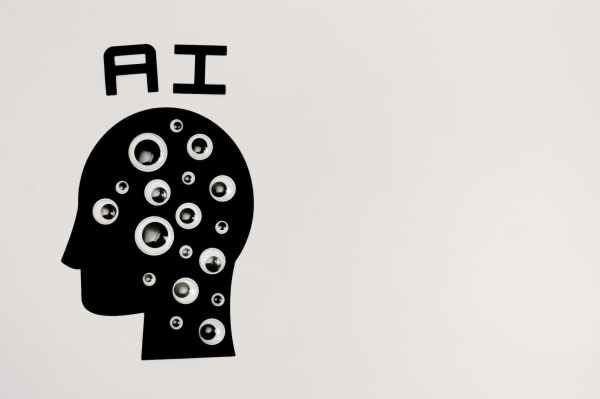The use of Big Data in education, as in other sectors, is very diverse and mainly focused on adaptive learning. The data is used to analyse the environment, performance, motivations and needs of students in order to provide them with personalised training tailored to their needs. The creation of tailor-made study paths is the main task of this tool, which aims to contribute to adapted training and to increase the motivation of students.
Many schools have already started to embrace the technological opportunities this can bring. But what are the benefits?
Why Use Big Data in the Education Sector?
The results of data collection and analysis provide teachers with information about students that can help them discover new knowledge and thus improve the functioning of schools.
Big Data in education has shaped new models and concepts of learning, which can be used to gain a more effective understanding and ensure that students are properly educated. The increased use of new digital tools for training, such as Virtual Reality (VR), is also providing educational institutions with more information about the skills and development of their students and teachers. For example, they can see if students in an online course are completing an assignment in one go or if they are taking a break.
Why Should Big Data Be Included in the Classroom?
After data management and analysis, patterns and trends can be identified and reliable predictions made to make decisions that improve student learning.
There are many applications, but its success lies precisely in its ability to improve training processes in four stages: descriptive, diagnostic, predictive and prescriptive.
- Personalised Teaching The data provides teachers with a lot of information about the students’ learning process. This analysis allows the teacher to know how well each student is progressing and, if not, why, so that a solution can be implemented in real time. The aim is to analyse their performance, identify where they have the greatest difficulties and help them overcome them. Responding in time is key to making progress with students and adapting lessons to their learning. To do this, technology must continue to experiment and evolve until it can take the full pulse of the classroom and help make real-time decisions.
- Understand Behaviour Patterns The use of apps and tools with children aged 0-12 helps to monitor attendance, continuously record academic activity, provide a comprehensive understanding of each student based on behaviour patterns, moods, performance, etc. All of this data allows us to give each student the attention they need and to tailor their education to their needs, concerns and differences. This is the proposal of AltSchool, an American education startup that has launched a project based on Big Data to improve the academic performance of this segment of students. To do this, they use recording cameras that capture everything that happens in the classroom from different angles, with the aim of capturing the children’s facial expressions, speech, vocabulary, gestures, etc. This enables the teachers to take the pulse of the classroom. Although the idea of installing cameras in classrooms and analysing children’s behaviour is controversial among parents, the startup sees it as the future of adaptive and flexible education.
- Conflict Anticipation Data analysis can also identify cases of exclusion risk and mental disorders, among others. In this way, teachers, psychologists and educators will be able to act quickly and anticipate a major problem. Furthermore, these tools can predict how learning patterns change, even before they do. This allows teachers to be aware of each student’s individual situation and intervene early to reduce drop-out rates, especially in cases where special needs such as dyslexia require more attention to cope with everyday tasks.
Benefits of Big Data in Education
When considering the use of Big Data in education, there are many benefits of this technology, particularly in optimising remote learning. It is a great help for teachers as it provides them with up-to-date training tools and allows them to grow and adapt their methods to the new educational models. They can also identify content and teaching resources that will enhance the environment to engage students.
Teachers and school managers can also find out how students are using different educational resources and which methods give them the best results, as they can see the real-time performance of each student and analyse the academic results achieved and their evolution.












